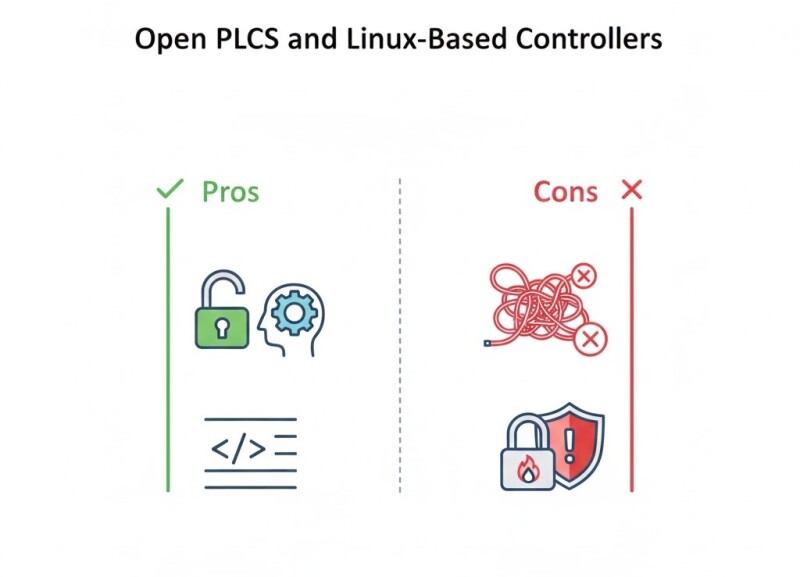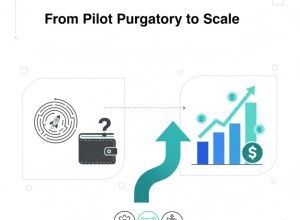Open PLCs and Linux-Based Controllers: Pros and Cons
Industrial control is evolving beyond proprietary rack PLCs. A new wave of open, Linux-based controllers — like PLCnext, Codesys Control, and OpenPLC — brings flexibility, openness, and edge-AI integration to automation engineers. But openness comes with trade-offs.
The Promise of Open PLCs
- Freedom of architecture: Run IEC 61131-3 code alongside Python or C++.
- Integration power: Easy connection to MQTT, REST, and OPC UA stacks.
- Hardware choice: Works on x86, ARM, and industrial PC platforms.
The Risks
- Hard-real-time limits: Linux scheduling adds micro-latency vs dedicated PLCs.
- Security footprint: Open OS requires patching, firewalls, and user control.
- Qualification effort: Regulatory approval may take longer in GMP or automotive environments.
Best-Fit Scenarios
- Hybrid systems where AI inference or data logging runs next to control logic.
- Retrofits where replacing I/O hardware isn’t viable.
- Applications needing web-based dashboards or APIs directly on the controller.
Case Example
A machine builder adopted a Codesys Linux runtime on IPC hardware. Integration with Python libraries for predictive maintenance saved two separate devices and cut latency by 40 ms.
Related Articles
- From Ladder to Structured Text: When (and How) to Switch
- Version Control for PLC Projects: Git without the Pain
- Lifecycle and Spares: Designing for 5-Year Support
Conclusion
Open PLCs aren’t for every factory, but they’re shaping the next decade of control. When combined with proper security and deterministic design, Linux-based control can deliver both flexibility and reliability.









































Interested? Submit your enquiry using the form below:
Only available for registered users. Sign In to your account or register here.